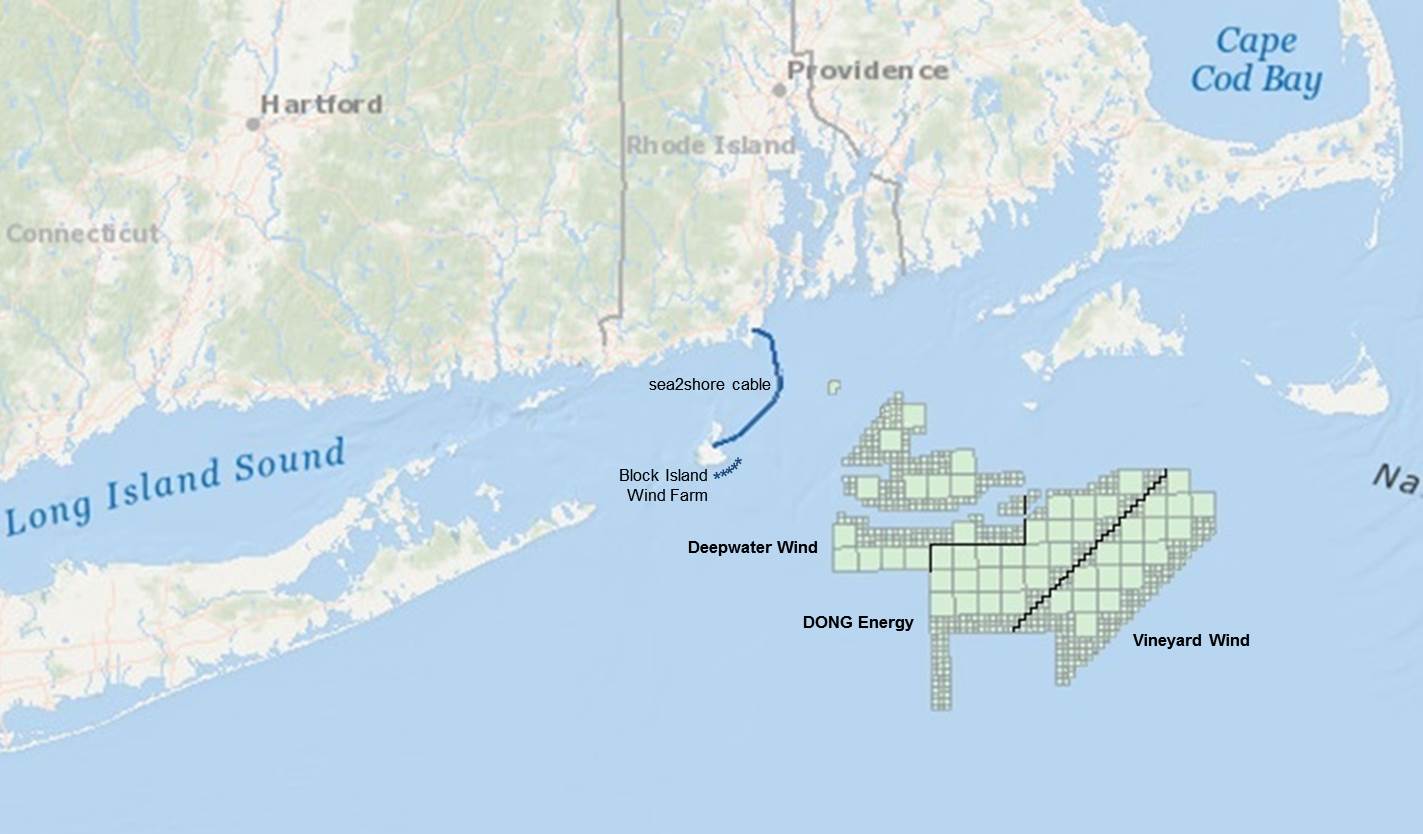Solar Panels in Massachusetts: Solar Connect a Huge Success
Mass Energy members (and friends) make Solar Connect a huge success!
Mass Solar Connect came to an end on August 31
Massachusetts has selected Vineyard Wind to develop an 800-megawatt wind farm — about 100 turbines — in federal waters about 14 miles south of Martha’s Vineyard. The project is expected to be completed in 2021. Not to be outdone, Rhode Island has chosen Deepwater Wind for a 400-megawatt project to be located south of Little Compton and is expected to be operating in 2023. The two states worked together on the procurement process, but chose different developers.
All of the renewable energy certificates (RECs) produced by these projects will be purchased by utility companies to meet their obligations under the RPS and RES. While Green Energy Consumers may not have offshore wind in our portfolio for the foreseeable future, we are excited about the employment and environmental benefits that these projects will yield. Hundreds of jobs are expected to be created in the port and supply chain communities associated with these projects.
Substituting wind and solar for fossil fuels is essential to meeting our state goals of reducing our greenhouse gas emissions 80 percent by 2050. There are many things we must all do in order to achieve those goals, including energy efficiency and electrifying both transportation and space heating. Given the population density in Massachusetts and Rhode Island, coupled with the tremendous wind resource off-shore, it becomes obvious why we should look to the sea for our energy needs.

Even with these projects, neither state will be producing or consuming enough clean power to meet our climate goals. For that reason, in Massachusetts we worked hard to increase the Renewable Portfolio Standard from an annual increase of one percent to two percent. Rhode Island’s standard increases by 1.5 percent and will need an increase at some point in the future as well.
We are also promoting the model known as Green Municipal Aggregation (GMA), which is about communities making a choice to include more renewable energy in its mix than required by state law. This concept is spreading in Massachusetts and should do so in Rhode Island as well as a result of legislation passed in 2017.

Next steps for these projects include negotiating contracts with Eversource and National Grid, then review by state and federal regulators. As we write this based upon the first media accounts, we do not know the details as to why Massachusetts and Rhode Island chose those two projects over a third bidder. Or why each state made their particular selection. We also do not yet know what the electricity prices will be from the projects. In Europe, where they have built thousands of megawatts of off-shore wind, power prices have fallen greatly in recent years, so we are optimistic.
Mass Energy members (and friends) make Solar Connect a huge success!
Mass Solar Connect came to an end on August 31
The climate crisis demands a fundamental cultural shift in our energy system. Revolution Wind 1 and the South Fork...
Comments